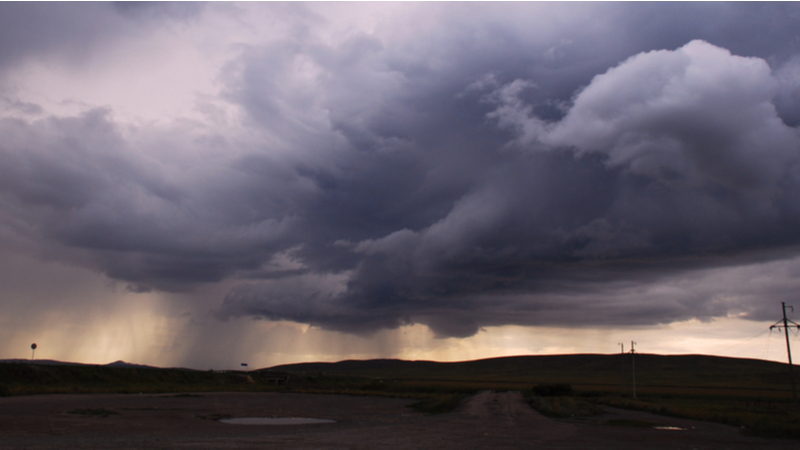
Scientists at the National Center for Atmospheric Research (NCAR) – a research and development center funded by the National Science Foundation (NSF) – found that facial recognition systems can help improve hailstorm predictability and severity by using AI techniques associated with facial recognition technology.
Researchers trained a convolutional neural network – a deep learning model – to recognize warning signs of individual storms, instead of recognizing facial features. The retrained model can determine if hail will form and, if so, the size of the hailstones it will produce. Existing hail-forecasting techniques have had difficulty with reviewing the entire structure of a storm, but using AI techniques has simplified that process.
“Hail – particularly large hail – can have significant economic impacts on agriculture and property,” NSF program officer Nick Anderson said. “Using these deep learning tools in unique ways will provide additional insight into the conditions that favor large hail, improving model predictions. This is a creative, and very useful, merger of scientific disciplines.”
The NCAR researchers said that current computer models have limitations to their abilities to predict the properties of an entire storm, but machine learning can bypass the need for models that solve complicated storm physics.
“Instead, the machine learning neural network is able to ingest large amounts of data, search for patterns, and teach itself which storm features are crucial to key off of to accurately predict hail,” NCAR researchers said.
